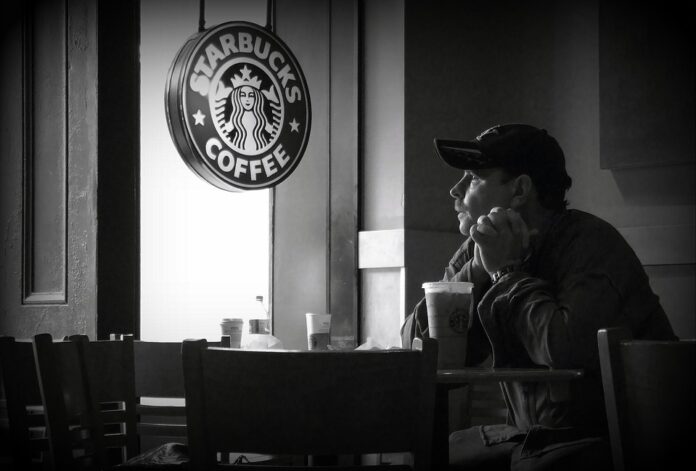Introduction
Bag in box formats have become increasingly popular in the beverage industry as a cost-effective and efficient way to package and distribute bulk beverages while maintaining freshness. This report will delve into how bag in box formats support bulk beverage distribution and freshness, providing insights into the financial aspects, industry trends, and the companies involved in this market.
Benefits of Bag in Box Formats
Cost-Effectiveness
One of the main advantages of bag in box formats is their cost-effectiveness compared to traditional packaging methods. The materials used in bag in box packaging are typically less expensive than glass or plastic bottles, making them a more affordable option for bulk beverage distribution. Additionally, the lightweight nature of bag in box formats reduces shipping costs, further adding to their cost-effectiveness.
Extended Shelf Life
Bag in box formats are designed to protect beverages from external factors such as light and air, which can degrade the quality and freshness of the product. The airtight packaging of bag in box formats helps extend the shelf life of beverages, ensuring that they remain fresh for longer periods. This is particularly important for bulk beverage distribution, where products may need to be stored for extended periods before reaching the end consumer.
Convenience and Efficiency
Bag in box formats are easy to transport, store, and use, making them a convenient option for bulk beverage distribution. The compact design of bag in box packaging allows for efficient stacking and storage, maximizing space in warehouses and during transportation. Additionally, the integrated dispensing systems in bag in box formats make it easy for consumers to pour and serve beverages, reducing the risk of spills and wastage.
Financial Data and Industry Insights
Market Size and Growth
The bag in box packaging market for beverages is projected to grow significantly in the coming years, driven by the increasing demand for cost-effective and sustainable packaging solutions. According to industry reports, the global bag in box packaging market is expected to reach $3.5 billion by 2025, with a compound annual growth rate of 5.2% from 2020 to 2025. This growth is fueled by the rising popularity of bag in box formats among beverage manufacturers and distributors.
Key Players in the Market
Several major companies are leading the way in the bag in box packaging market for beverages, including Smurfit Kappa Group, DS Smith Plc, Liqui-Box Corporation, and Scholle IPN. These companies offer a wide range of bag in box solutions for various beverage products, catering to the diverse needs of the industry. Smurfit Kappa, for example, is known for its innovative bag in box designs that focus on sustainability and product protection, while Liqui-Box Corporation specializes in dispensing systems for bag in box packaging.
Sustainability and Environmental Impact
Bag in box formats are considered a more sustainable option compared to traditional packaging methods, as they use less material and are often recyclable. The lightweight nature of bag in box packaging reduces carbon emissions during transportation, contributing to a lower environmental impact. Additionally, the airtight design of bag in box formats helps reduce food waste by extending the shelf life of beverages, further promoting sustainability in the beverage industry.
Conclusion
In conclusion, bag in box formats play a crucial role in supporting bulk beverage distribution and freshness in the industry. Their cost-effectiveness, extended shelf life, convenience, and sustainability make them an attractive packaging solution for beverage manufacturers and distributors. As the market continues to grow and evolve, it is essential for companies to consider the benefits of bag in box formats in order to optimize their operations and meet the demands of consumers for fresh and high-quality beverages.




